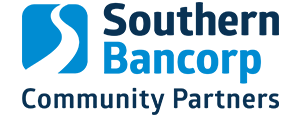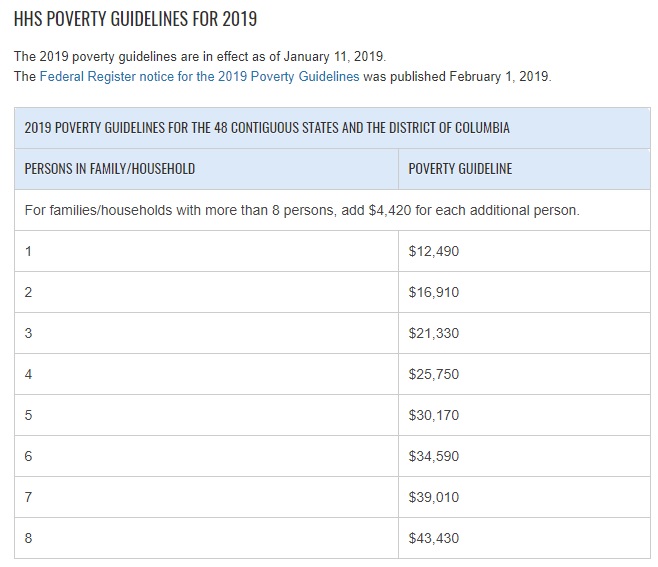By Kathryn Hazelett
Editor’s note: This is the second in a series of blog posts to critically examine how poverty is defined, measured, and talked about, and how those conversations influence public policy.
Last week, we started our series on poverty with a discussion of how we define it. Today, we’re following up on why that definition matters.
How we define poverty creates the basis for how we measure it. In other words, if we want to look at the number of people who are living in poverty, we’ll want to look at the number of people that do not have the means to meet their “basic needs.” We know from our exploration of the definition of poverty that the usual way of looking at basic needs leaves out quite a few important family and individual needs. This disparity (in the needs we define and measure and the needs we do not) matters and should be something that is kept in mind throughout the discussion.
The interpretation of what constitutes basic needs leads directly to a monetary estimation of those basic needs, which becomes our measure of poverty – how much a family needs to earn to cover those basic needs. This measurement matters for a variety of reasons, but one of the most important ones is that many government programs use the Federal Poverty Line (FPL) as the basis for eligibility.
We’re going to spend the next few weeks digging into the federal government’s actual measure of poverty (what needs we’re including and how those are translated into a monetary amount) and whether it really does show us who lives in poverty. But for now it’s important to know that the FPL is set annually by the United States Department of Health and Human Services. This year’s poverty thresholds can be found here (note that here are different tables for the 48 contiguous states, Alaska, and Hawaii) and the list of programs that depend on this threshold is below. How we define and measure poverty has a deep and lasting impact.
- Department of Health and Human Services
- Community Services Block Grant
- Head Start
- Low-Income Home Energy Assistance Program (LIHEAP)
- PARTS of Medicaid (31 percent of eligible in Fiscal Year 2004)
- Hill-Burton Uncompensated Services Program
- AIDS Drug Assistance Program
- Children’s Health Insurance Program
- Medicare – Prescription Drug Coverage (subsidized portion only)
- Community Health Centers
- Migrant Health Centers
- Family Planning Services
- Health Professions Student Loans — Loans for Disadvantaged Students
- Health Careers Opportunity Program
- Scholarships for Health Professions Students from Disadvantaged Backgrounds
- Job Opportunities for Low-Income Individuals
- Assets for Independence Demonstration Program
- Department of Agriculture
- Supplemental Nutrition Assistance Program (SNAP) (formerly Food Stamp Program)
- Special Supplemental Nutrition Program for Women, Infants, and Children (WIC)
- National School Lunch Program (for free and reduced-price meals only)
- School Breakfast Program (for free and reduced-price meals only)
- Child and Adult Care Food Program (for free and reduced-price meals only)
- Expanded Food and Nutrition Education Program
- Department of Energy
- Weatherization Assistance for Low-Income Persons
- Department of Labor
- Job Corps
- National Farmworker Jobs Program
- Senior Community Service Employment Program
- Workforce Investment Act Youth Activities
- Department of the Treasury
- Low-Income Taxpayer Clinics
- Corporation for National and Community Service
- Foster Grandparent Program
- Senior Companion Program
- Legal Services Corporation
- Legal Services for the Poor

